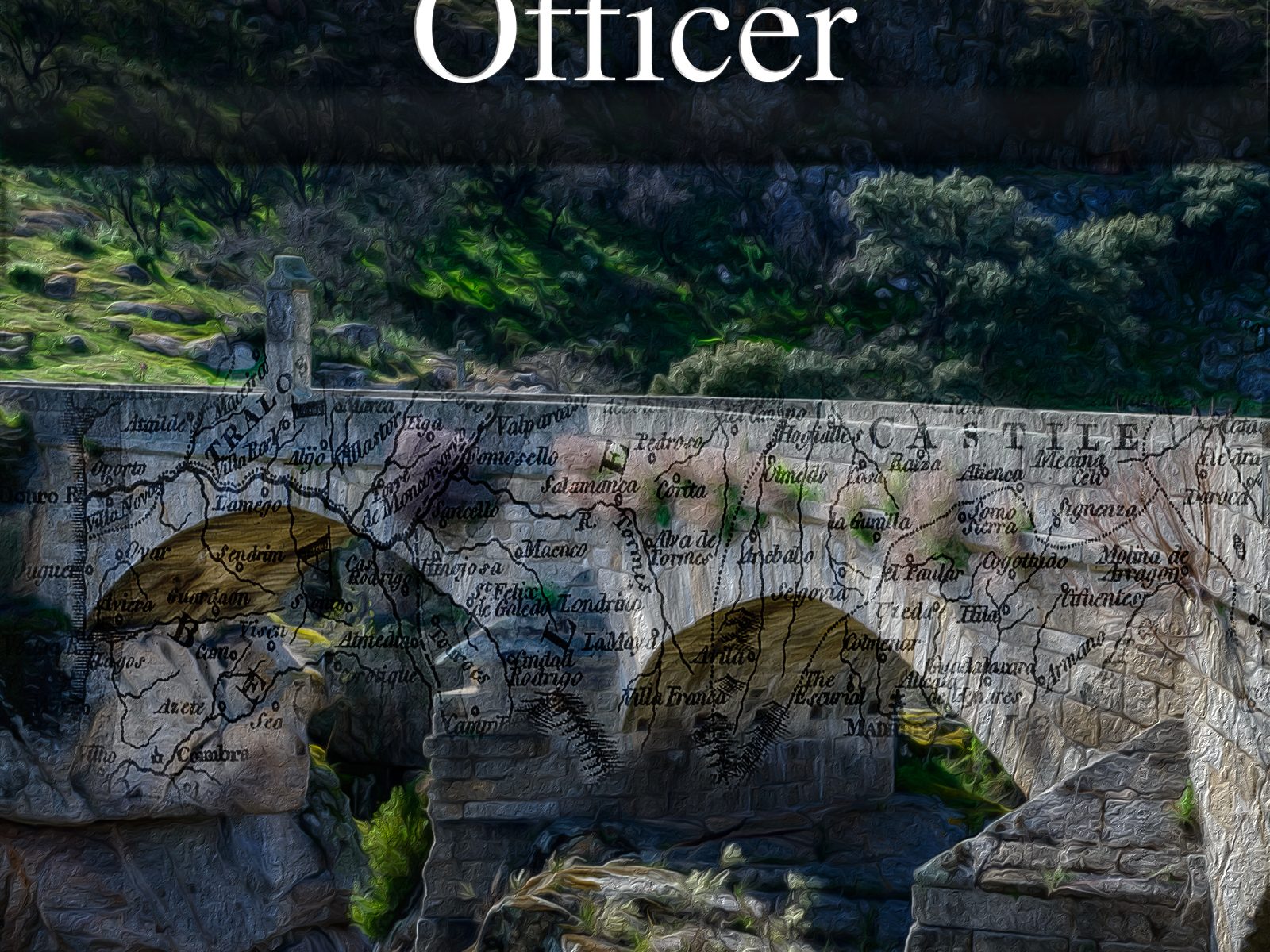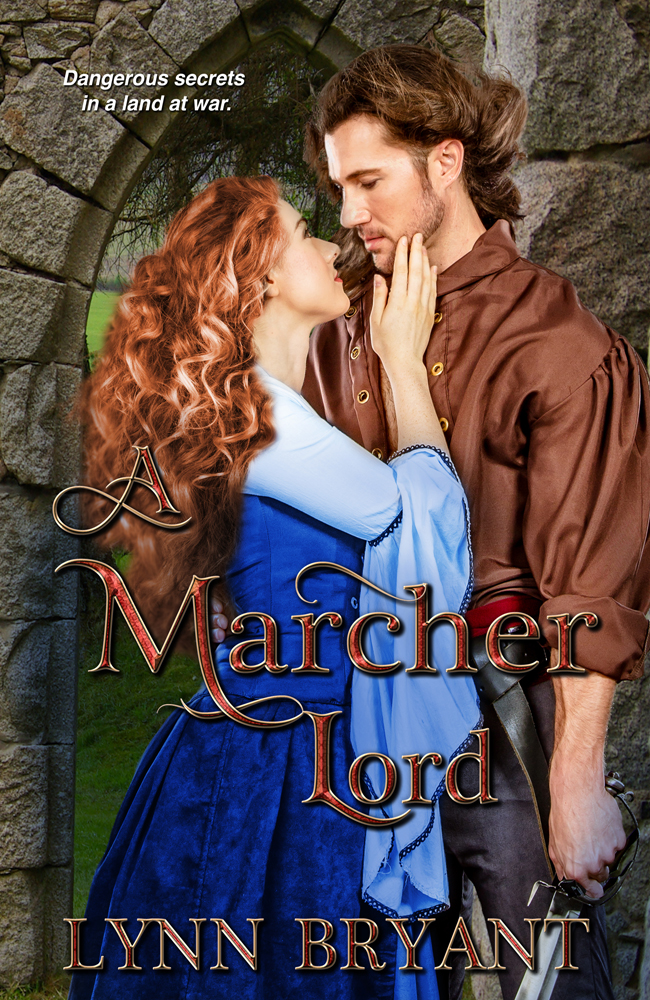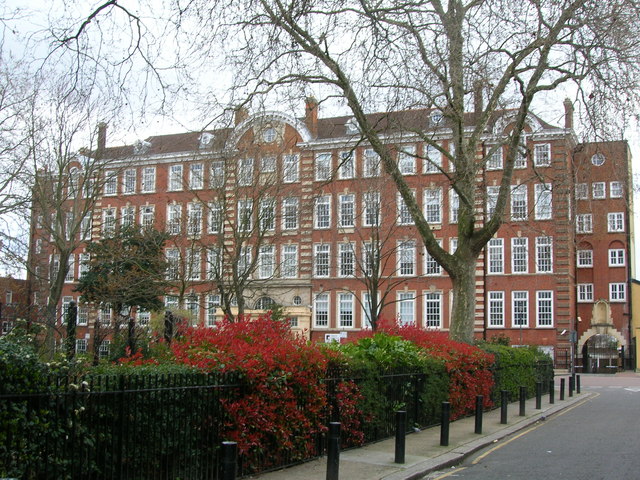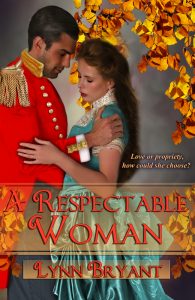Only three days to go before I set off on my trip to Spain and Portugal where I’ll be researching the settings for the first of my Peninsular War novels, An Unconventional Officer and as usual I’m behind with everything. No matter how well prepared I intend to be and how many lists and promises I make myself, I always end up rushing out of the door in a trail of chaos, vowing that next time I’ll be better organised.
This one ought to be easier. For one thing, the man I married, who is coming with me as driver, photographer and entertainment, is working in London this week so had to do his packing ahead of time. His chaos occurred on Sunday, but at least it wasn’t happening at the same time as mine, so for once we are likely to start this holiday on speaking terms. If that works well, I think we’ll arrange to start all future trips from separate locations, it will be well worth it.
Secondly I am not leaving an empty house, so there is no rush to get dogs to kennels, bathrooms vaguely clean and bins emptied. Of course I am leaving all this in the hands of my teenaged children, so whether or not I’ll have a house to come back to is something which will vaguely haunt me throughout the holiday. I trust them not to host a drunken rave (or not a very big one anyway) and not to forget to feed the dogs (they’re labradors, you try forgetting a meal for them). Whether or not laundry, cleaning or basic hygiene will be maintained is another matter, but I’ve decided that they have to learn some time.
My preparations have been somewhat delayed this time by a sudden and unexpected burst of activity in my Irish Dance school which has suddenly and accidentally become the most popular school in town. I would like to say that this is the result of a carefully thought out publicity campaign but then I’d be lying to you. It is more to do with St Patrick’s Day, a last minute press release and a new babies class starting after Easter which is apparently what the local community has been waiting for. Whatever the reason, we’ve been flooded with enquiries, so when I come back I shall have a lovely little mountain of work to get through. Still, having lengthy planning conversations with my teachers has been an excellent way to avoid any actual packing.
The trip is something of a working holiday for me. I’m currently working on a series of books set during the Peninsular War and we are doing a tour of some of the sites and battlefields I’m writing about. I feel unbelievably excited and also slightly apprehensive about how much rewriting I’ll need to do once I’ve actually been there and seen places like Badajoz and Ciudad Rodrigo.
The first book in the series, which I aim to bring out in May, is called “An Unconventional Officer” and is the story of Paul van Daan, a young officer who joins the fictional 110th Infantry in 1802 and sails to India to fight the Maratha under General Arthur Wellesley, a relatively young and inexperienced commander with a reputation to make.
Over the course of the book, Paul develops a talent for command alongside a somewhat unusual approach to the hierarchical army of the early nineteenth century. The book charts his development as an officer alongside his friends and enemies in the army and his relationships with the women in his life: Nell whom he saves from her drunken husband; Rowena, the gentle girl he seduces and then marries and Anne Howard, an unconventional young woman who turns his world upside down.
I love weaving historical fact with fiction and it always surprises me how often an idea I have come up with for a plot fits seamlessly into the facts as I begin to research them. During my research for the 110th books I have discovered enormous amounts about the working of Wellington’s army and a collection of bizarre facts about the history of surgery and the geography of the Portuguese-Spanish border.
One of the challenges in threading a love story between the battles and skirmishes of Wellington’s war is the relentless pace of activity once Sir Arthur Wellesley took over command of the British army in Portugal. I have spent hours struggling to work out how my hero and heroine could possibly have time to fall in love while racing from one battlefield to another. My admiration for the men and women who marched with the army in those days has risen as I’ve learned more and more about what they endured. On the other hand, there is never any need to invent or manufacture dramatic incidents to keep the reader interested.
Dramatic incidents aside, the trip will probably never be made unless I stop writing blog posts and get on with laundry and packing. I’m hoping to post regularly on the trip and to share some amazing photos and that isn’t going to happen unless I get on the flight…
For regular updates on this site including history, travel, book reviews and plenty of labradors (and a few freebies thrown in) please join the e-mail list here.





 Today my first book was published,
Today my first book was published,